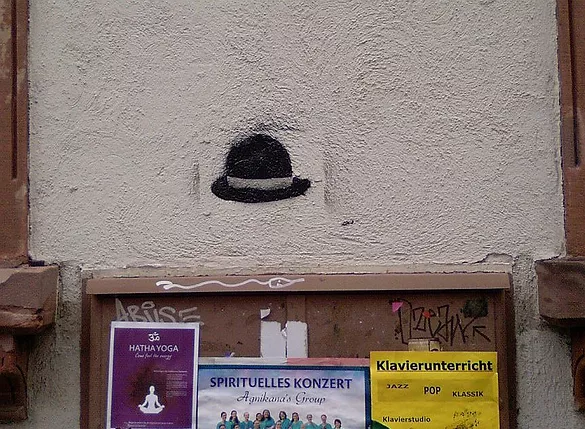STREET ART: Evaluating Urban Art with Computer-Based Methods (2017 – 2019)
FRONTIER, Heidelberg University funded by the German Research Foundation (DFG)
Sabine Lang, Björn Ommer, Henry Keazor (IEK, Universität Heidelberg)
As a cultural phenomenon of the twentieth and twenty-first century, street art has challenged traditional notions of art, because of its social-critical quality and general visual shape. In addition, it has also opened up new research in art history. Recent years have seen a notable increase in publications, which focus on street art and related terms, such as graffiti or urban art. However, analysis has remained restricted to what can be done manually.<br> The project studies street art with computer-based methods, allowing for an evaluation of thousands of images. We are interested in formal and semantic aspects of street artworks, their position in an urban setting and the recurrence of a motif over time and in different world-wide locations. It is our aim to determine the sphere of influence of certain street art motifs, trans-cultural reception processes and address questions regarding the relation between street art and traditional art. We also consider connections between street art and graffiti writing – both in terms of their spatial and visual relation. Lastly, the project also elaborates on the importance of digital possibilities for street art.
The term ‘street art’
It is rather difficult to provide a final definition of street art as scholars also provide multiple explanations. For this project the following assumptions are essential: (1) street art must appear on the street, (2) street art includes figurative/pictorial imagery, while (3) graffiti refers to writing and words; (4) street art is related and rooted in political and propaganda posters. (5) Lastly, both forms – street art and graffiti – are highly influenced by online practices; the internet has become an important platform to store, share and discuss works by street or graffiti artists.
Presentation
Project was presented during the Digital Humanities Conference 2018, Mexico City, Mexico, June 24 – June 30, 2018

